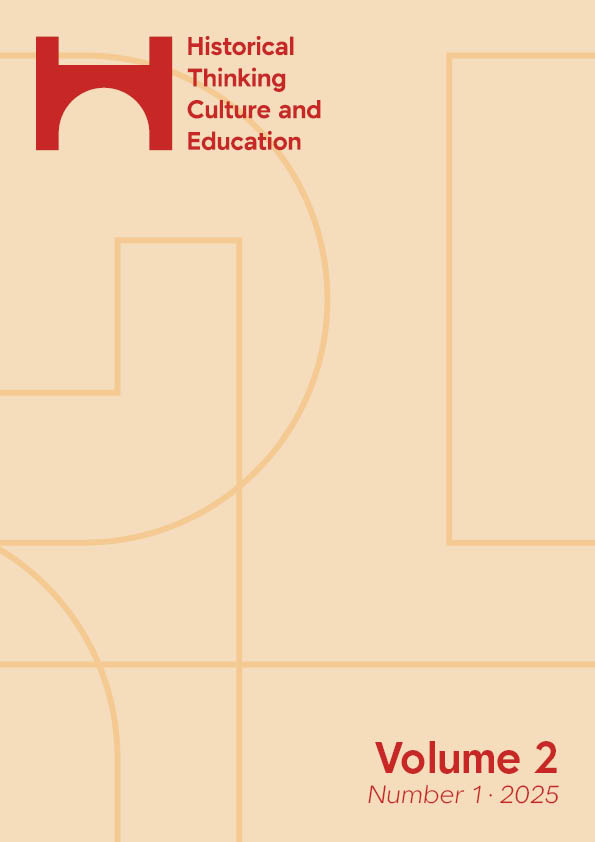Abstract
This article presents the findings of a qualitative study that explored how 53 students (15-year-olds) narratively determine historical significance in written assignments after an inquiry that compared three genocides, namely the Holocaust, the Cambodian genocide, and the Rwandan genocide. This study takes up the proposal to distinguish between relevance and significance in establishing historical significance. Significance refers to the knowledge and procedures that are related to the historian´s discipline and important for understanding a historical phenomenon. Relevance refers to historical events and processes that people perceive as relevant to understand the present world. The American Inquiry Design Model, which centers on a compelling question, can combine a qualifying dimension of significance with a contemporary dimension of relevance, to qualify students’ historical thinking in combination with a student life-world perspective. The results show that the two dimensions converge and amplify each other and are important to address in history education.

This work is licensed under a Creative Commons Attribution-ShareAlike 4.0 International License.
Copyright (c) 2025 The Author(s)


